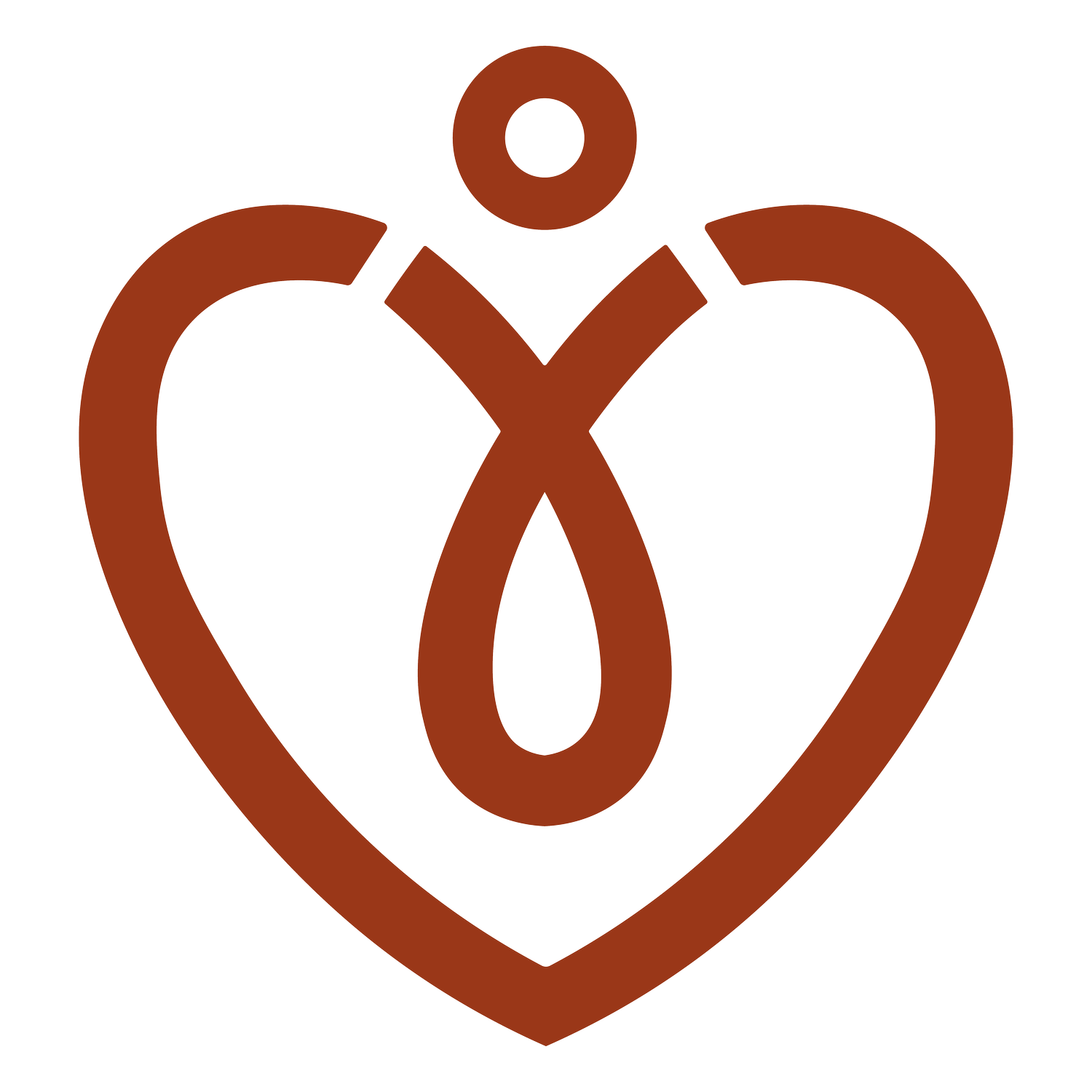Food, Fear & Fixation: How OCD Shapes Eating Disorders
by California Eating Disorder Therapist Dr. Marianne Miller, LMFT
If you’re navigating obsessive thoughts about food, rigid routines, or a deep fear of change in how or what you eat—you’re not alone. Many people across San Diego, San Francisco, the Bay Area, Los Angeles, Orange County, and greater California struggle with the complex intersection of Obsessive-Compulsive Disorder (OCD) and eating disorders. Understanding how OCD shapes food-related behaviors is a key step in finding lasting recovery.
What Is OCD and How Does It Relate to Eating Disorders?
OCD is more than a need for neatness or repetitive handwashing. It’s a condition rooted in intrusive, distressing thoughts (obsessions) paired with rituals or behaviors (compulsions) performed to reduce anxiety. In eating disorders such as anorexia, bulimia, and ARFID (Avoidant/Restrictive Food Intake Disorder), OCD often manifests as rigid food rituals, obsessive calorie tracking, label-checking, or fear-based avoidance of entire food groups.
In fact, many people with eating disorders in California—including those in San Diego, the Bay Area, and Los Angeles—also experience OCD or OCD-like behaviors. These rituals may feel like they’re helping, but over time they reinforce the anxiety and fear that fuel disordered eating.
The Neuroscience Behind OCD and Eating Disorders
Brain imaging studies reveal that OCD and eating disorders share similar neurological pathways. Both involve dysfunction in areas like the basal ganglia and orbitofrontal cortex, which regulate anxiety and habit formation. Neurotransmitters like serotonin and dopamine are also often dysregulated. This means the compulsive rituals and intrusive food-related thoughts are not about willpower—they’re rooted in brain circuitry.
Why Control and Certainty Feel So Necessary
At the heart of OCD and many eating disorders is a desire for control in an unpredictable world. Whether it’s the certainty of eating the same foods in the same order or the relief of compulsive movement, these rituals offer a temporary break from anxiety. But they keep you stuck in fear and disconnect you from true nourishment.
Breaking Free: Practical Steps Toward Recovery
Recovery is possible—and it starts with awareness. Begin by noticing when a food behavior feels like a “have to” instead of a “want to.” Ask yourself: What am I afraid will happen if I don’t do this?
If you’re considering Exposure and Response Prevention (ERP), it’s essential to work with a therapist who understands how to modify this approach to be neurodivergent-affirming. Traditional ERP can be effective, but when applied rigidly, it may overlook crucial elements like autonomy, agency, sensory needs, trauma history, and relational safety. A modified, affirming version of ERP honors your unique neurotype and centers your lived experience. This approach emphasizes collaborative decision-making, cultivates self-trust, and builds a strong foundation of co-regulation through secure, attuned therapeutic relationships. It attends to sensory sensitivities, avoids retraumatization, and integrates mindful self-compassion as a core practice. The goal isn’t to push through fear at all costs—it’s to gently widen your window of tolerance with safety, support, and choice every step of the way.
Another key piece is expanding your tolerance for uncertainty—but from a sensory-attuned lens. That means starting with micro-shifts that respect your nervous system. Maybe it looks like eating with a spoon instead of a fork, letting one food touch another on your plate, or dimming the lights slightly during a meal. These adjustments might seem small, but for a sensitive nervous system, they’re significant. They help your body and brain slowly learn that change can be tolerable—and eventually, even safe.
Sensory care is non-negotiable. Supporting your sensory needs before, during, and after these gentle exposures can make all the difference. Maybe you wear noise-reducing headphones, chew gum, fidget with a texture you love, or wrap yourself in a weighted blanket as you navigate something new. These strategies regulate your system, creating a foundation where uncertainty doesn’t feel like chaos—it feels like a challenge you’re resourced to meet.
Support matters, too. In cities like San Francisco and Orange County, many are finding community in virtual groups, therapists, and neurodivergent-affirming recovery programs. Coping strategies like mindfulness, journaling, or sensory self-care can also support nervous system regulation without reinforcing OCD patterns.
Finally, reframe recovery not as deprivation, but as liberation. You’re not giving up control—you’re gaining flexibility, spontaneity, and the freedom to live without constant fear.
Looking for Support That Understands Both OCD and ARFID? Contact Top California Eating Disorder Therapist Dr. Marianne Miller
Is ARFID Part of Your OCD Experience? Find ARFID Help Here!
Also, if you or someone you love is struggling with Avoidant/Restrictive Food Intake Disorder—especially if OCD or anxiety are part of the picture—my ARFID and Selective Eating Course may help. This self-paced, online course is rooted in a neurodivergent-affirming, sensory-attuned, trauma-informed approach. It’s available to anyone in California or beyond, whether you’re in San Diego, San Francisco, the Bay Area, Los Angeles, or Orange County.
You’ll learn practical strategies that go beyond exposure-only methods, and you’ll gain tools to understand the why behind ARFID symptoms—so you can support yourself or your clients with more clarity and compassion.
✨ Learn more and enroll in the ARFID and Selective Eating Course HERE ✨
You’re not broken. You’re navigating a real intersection of fear, neurology, and survival. With support, healing is absolutely possible.

